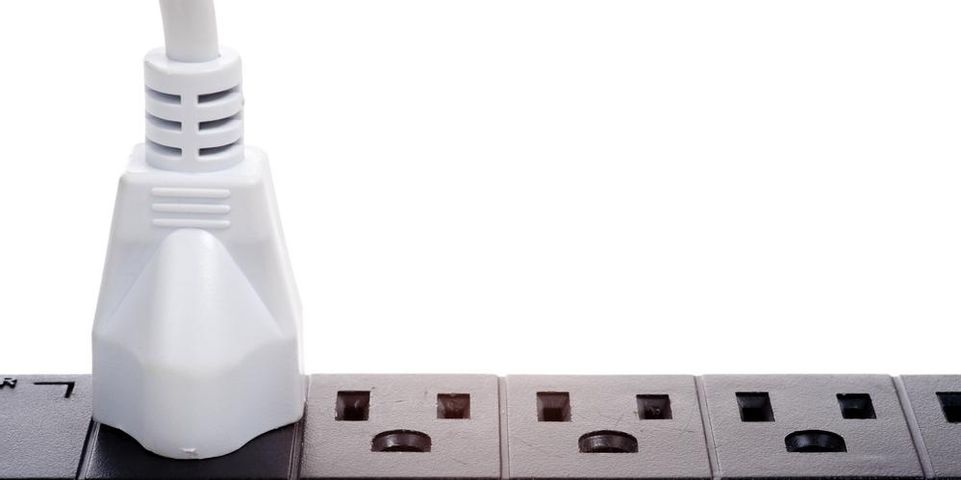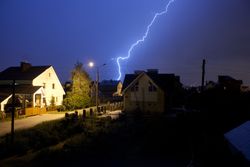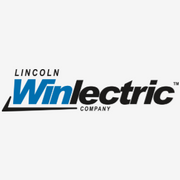What You Need to Know About Power Strips & Surge Protectors

Everyone has needed to hunt for an open electrical outlet at some point. If there aren’t any spaces left, a power strip instantly increases the number of available outlets. However, this electric equipment comes in different forms and offers varying levels of protection against power surges. Here’s what you need to know about distinguishing between these two devices and deciding when to use them.
How Are Power Strips Different From Surge Protectors?
Power strips are simply tools for increasing the number of available electrical outlets. Aside from the main power switch you can flip to quickly cut electricity to any of the plugged-in devices, there are no other built-in safety features.
Surge protectors, on the other hand, are true to their name. While they often look similar or even identical to power strips, surge protectors are designed to shield the plugged-in items from damaging power surges. These devices will have terms such as “protector” or “suppressor” and their electrical capacity in Joules on the packaging. They also typically have a “protected” light that illuminates when plugged in.
What Causes Power Surges?
The normal voltage for homes and offices in the United States is 120 volts. Power surges occur when the voltage suddenly exceeds that amount for three nanoseconds. Increases that last one to two nanoseconds are referred to as power spikes. Even during a short period, the increased voltage is enough to stress or damage electric equipment.
 Lightning is the most potent source of power surges, but several other situations can cause them. Plugging in a powerful piece of electric equipment, such as an air conditioner and refrigerator, can create a sudden demand for additional energy that leads to a spike or surge. Faulty or damaged wiring is also a common source of power surges, especially if the building is not equipped to handle modern appliances.
Lightning is the most potent source of power surges, but several other situations can cause them. Plugging in a powerful piece of electric equipment, such as an air conditioner and refrigerator, can create a sudden demand for additional energy that leads to a spike or surge. Faulty or damaged wiring is also a common source of power surges, especially if the building is not equipped to handle modern appliances.
What Needs to be Protected?
Any large appliance that frequently cycles on and off should be connected to a surge protector. While these pieces of electric equipment usually have their own dedicated outlets, others don’t. Items such as home theater systems, televisions, and computers should always be plugged into a surge protector to prevent damage. It’s also important to note that like power strips, surge protectors should never be plugged into each other. Chaining them together increases the risk of a dangerous overload.
If your next home improvement project calls for electric equipment, Lincoln Winlectric in Lincoln, NE, has the solution you need. This wholesaler provides everything from the newest lighting fixtures and dependable surge protectors to quality wiring and power tools to make your contractor’s job easier. They stock products from major brands to you benefit from professional-grade equipment. Visit the website or call (402) 423-3100 for more information on the types of items available.
About the Business
Have a question? Ask the experts!
Send your question

